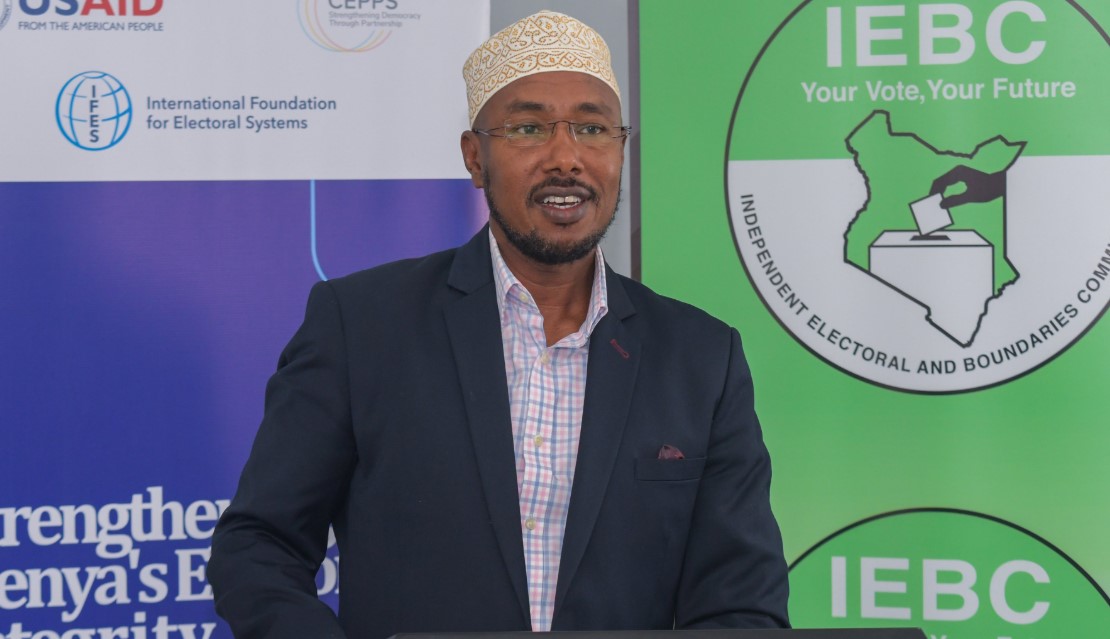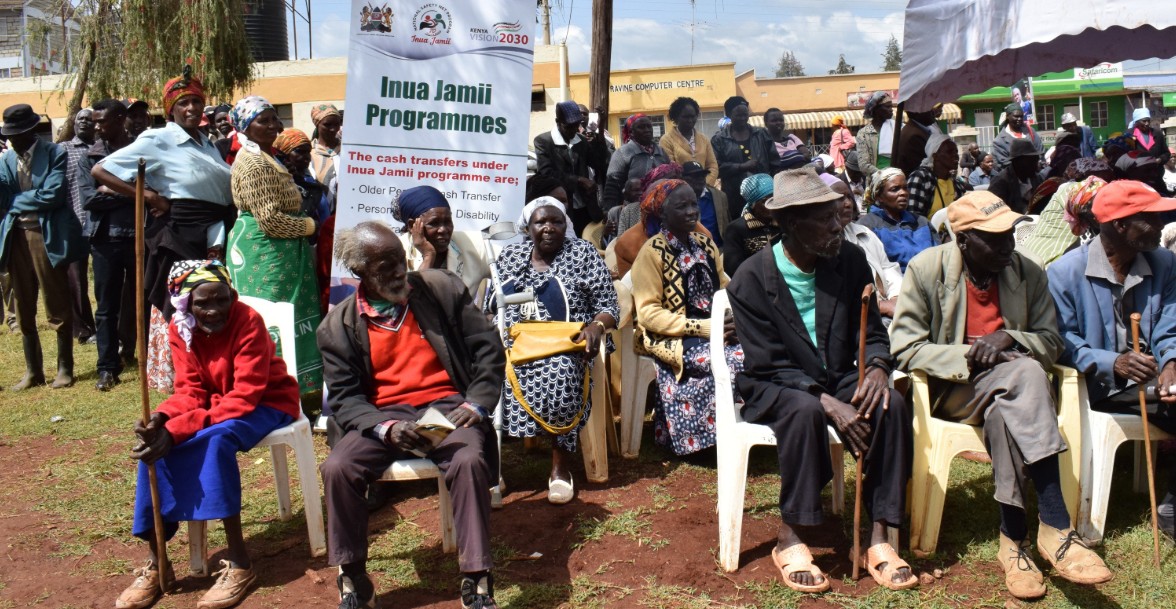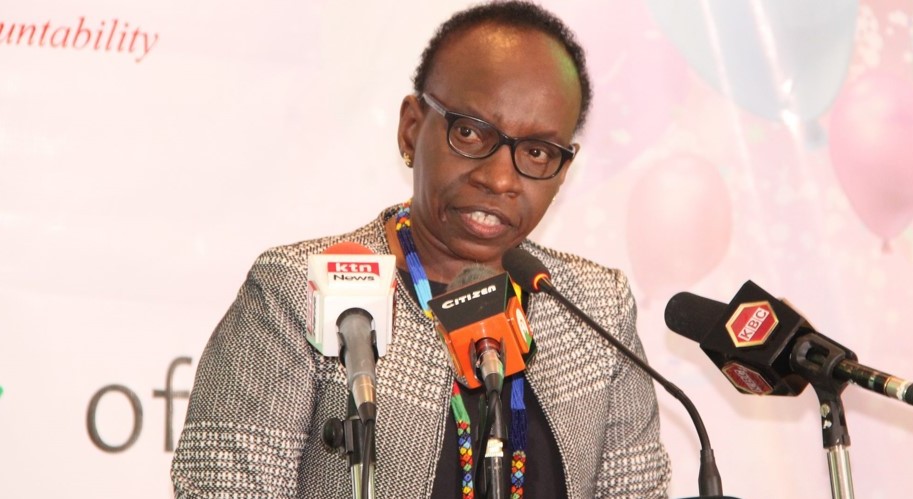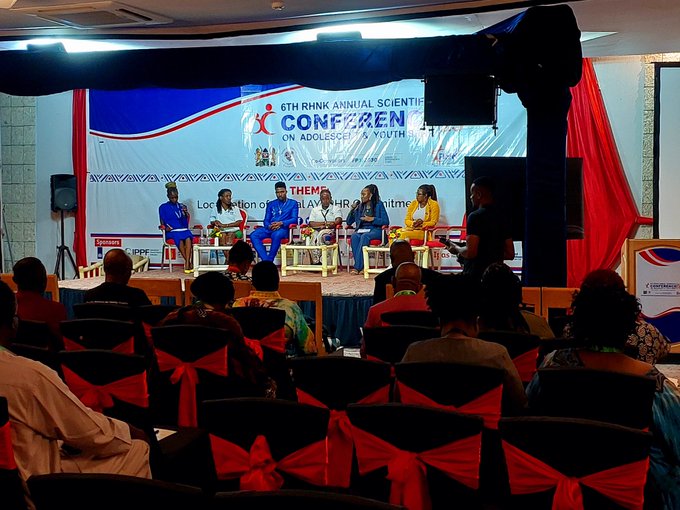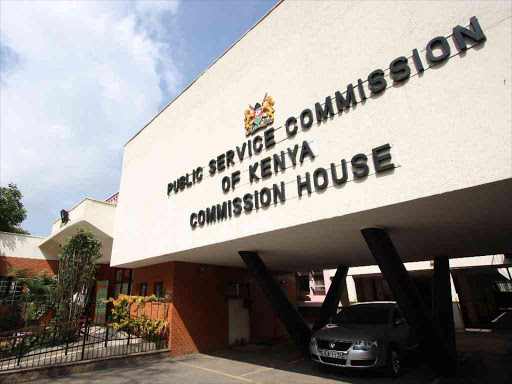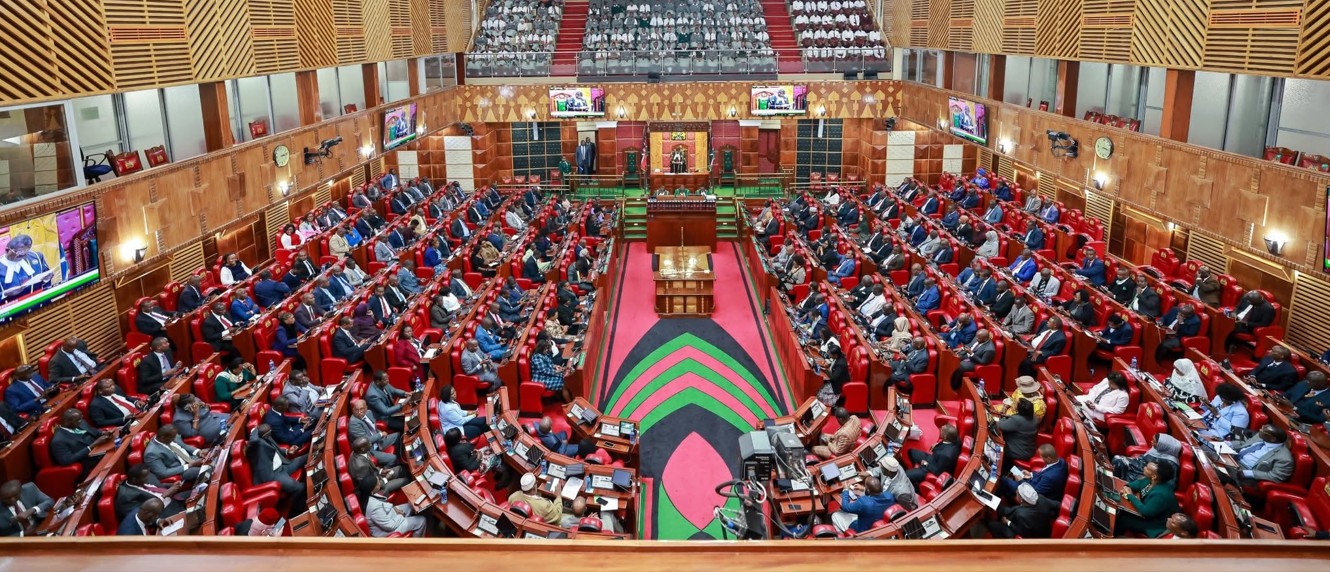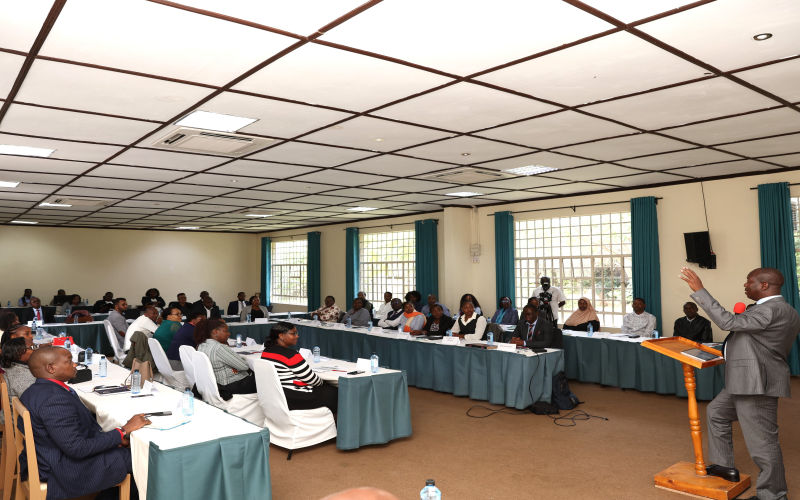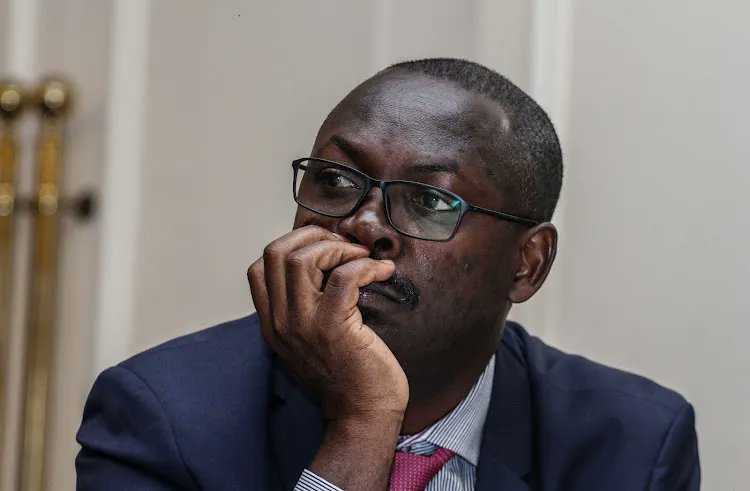Counties face centralised revenue control under new Treasury regulations
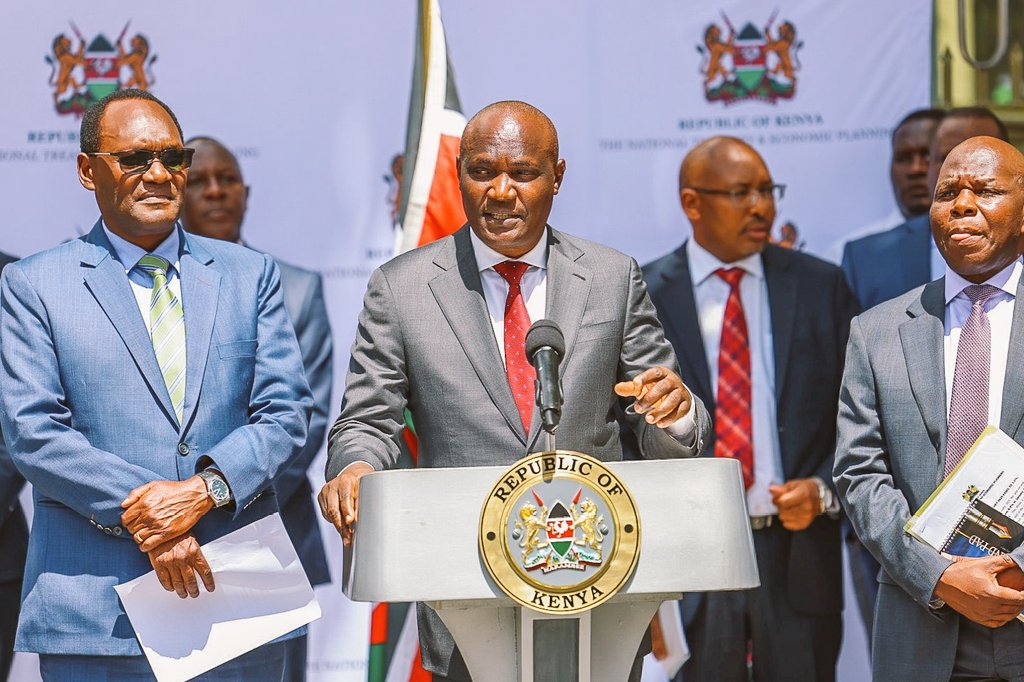
The system is designed to give real-time data and visibility into county revenue streams, with added features for auditing and digital record-keeping.
Counties may soon be required to operate under a centralised revenue management system, as the National Treasury moves to tighten oversight and promote accountability in the collection and use of own-source revenue.
In the newly proposed public finance management (integrated county revenue management system) regulations for 2025, the Treasury is seeking to roll out a digital platform that will automate the collection of fees, levies, charges, and taxes by all 47 counties.
More To Read
- Treasury under fire for snubbing MPs over Sh30 billion rural electrification debt
- MPs raise alarm over NOCK's financial collapse in face of Sh3 billion Rubis loan
- Controller of Budget warns of funding delays as counties miss budget deadlines
- Kenya's oversight bodies crippled by underfunding, government disregard, report reveals
- Report recommends granting punitive powers to Auditor-General and Controller of Budget
- CBK admits it lacks authority to shut illegal county bank accounts
The system is designed to give real-time data and visibility into county revenue streams, with added features for auditing and digital record-keeping.
The proposed regulations also provide indirect access to the Controller of Budget and the Commission on Revenue Allocation, enabling them to monitor county revenue reports without directly managing the system.
“The Controller of Budget shall have access to reports approved by the county executive committee member generated by the system to monitor revenue generation across counties and advise on budget implementation,” the regulations state.
Similarly, the CRA will use the system to monitor how much revenue is raised by each county and offer guidance on allocation formulas.
“The Commission on Revenue Allocation (CRA) shall have access to reports approved by the county executive committee member generated by the system to monitor revenue generation across counties and advise the national and county governments on revenue allocation,” the document reads.
The Auditor-General will also be given access to carry out audits and ensure that the revenue collected by the counties is lawful.
If adopted, the system will support a variety of payment methods, including digital platforms and bank deposits.
It will serve as a single source of revenue information and aims to eliminate duplication and loss of funds due to fragmented systems used by counties.
The Treasury argues that the current model, where counties use separate systems, has led to inefficiencies and has exposed businesses to double taxation when operating in multiple counties.
The CRA is responsible for recommending how revenue collected nationally should be fairly shared between the national and county governments, while the Controller of Budget oversees budget implementation by authorising withdrawals and reporting on public fund usage.
Top Stories Today

